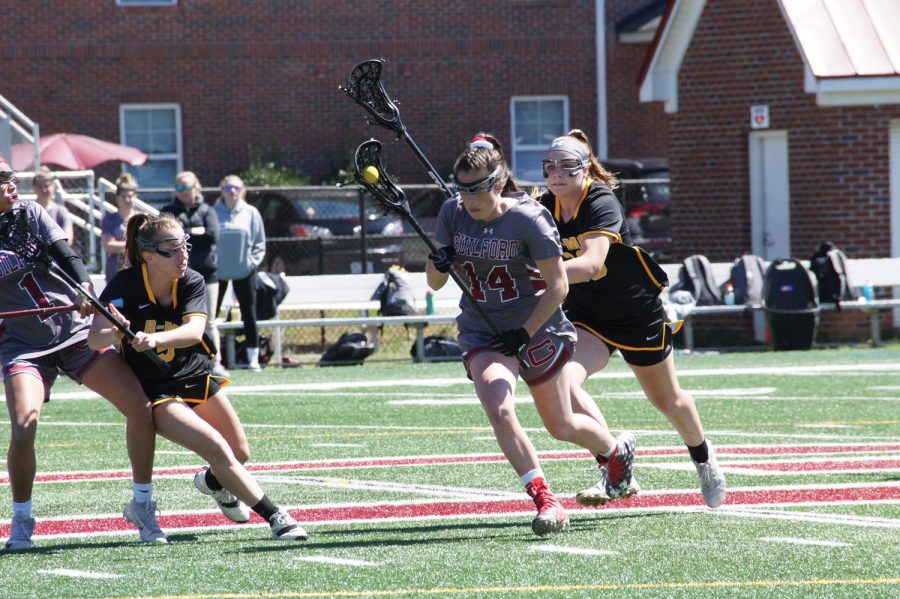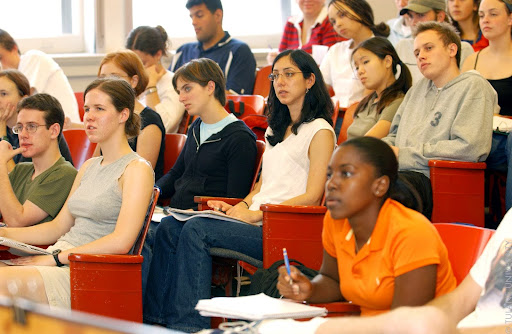Imagine you and your friends are just getting back from a long night out on the town. While driving back on the campus roads, your car goes over a speed bump a little too fast and everyone in the car bumps their heads on the ceiling. You quickly slow down and assess the situation.
Nobody’s seriously hurt. Everyone is a little grumpy. As you proceed to the parking lot, you begin to wish Guilford College had fewer speed bumps.
Many students feel this way, and while their frustrations are legitimate, speed bumps serve an important purpose in keeping both pedestrians and drivers safe.
The presence of speed bumps means drivers are forced to slow down on campus roads.
The speed bumps help prevent areas such as the long, straight stretch of road behind English Hall and Hege-Cox Hall from becoming speed tunnels for cars, where drivers can accidentally, or purposefully, accelerate to speeds that allow little reaction time if a pedestrian were to walk out onto the road.
However, many students still feel negatively about these speed bumps and don’t appreciate the good they do for the campus.
“They come out of nowhere, or at least I feel like they do, and I feel like they’re gonna destroy my car every time I go over them,” said Branwyn McDowell, a first-year.
This is a valid point because it can be difficult to see the speed bumps, especially at night, and driving over a speed bump at even a moderate speed can cause serious damage to vehicles with a low chassis.
Additionally, the shape of the speed bumps can cause problems for many vehicles. The low width-to height ratio of the speed bumps creates a much more dramatic, jarring effect on vehicles than the low, wide speed bumps on most roadways. The speed bumps have even been known to cause passengers in vehicles to fly out of their seats.
“The Mobile Market van only has seats in the very last row,” said junior Sophia Perlmutter, who volunteers with the Mobile Market service site. “Whenever we have volunteers in the back — and I’ve sat there before — and we go over a speed bump, even if it’s pretty gently, people are in the air.”
Other students take issue with the way speed bumps encourage some drivers to think about their speed.
“I feel that the incentive that exists in between speed bumps to speed up until the next speed bump is definitely an impediment to our safety, and speed bumps may hurt more people than they save,” said first-year Wilson Haworth.
The idea that the speed bumps may be more trouble than they are worth is definitely worthy of consideration, but ultimately, the speed bumps around campus serve an important purpose in keeping the campus roads safe for pedestrians and drivers alike.
The speed bumps also benefit drivers by encouraging them to slow down and giving them much more time to react to unexpected obstacles in the road. In this way, speed bumps benefit everyone on campus and reduce the risk of accidents on both sides of the steering wheel.
While the speed bumps around campus can be annoying and troublesome, the good they do for the campus far outweighs any bumpy rides they cause.









